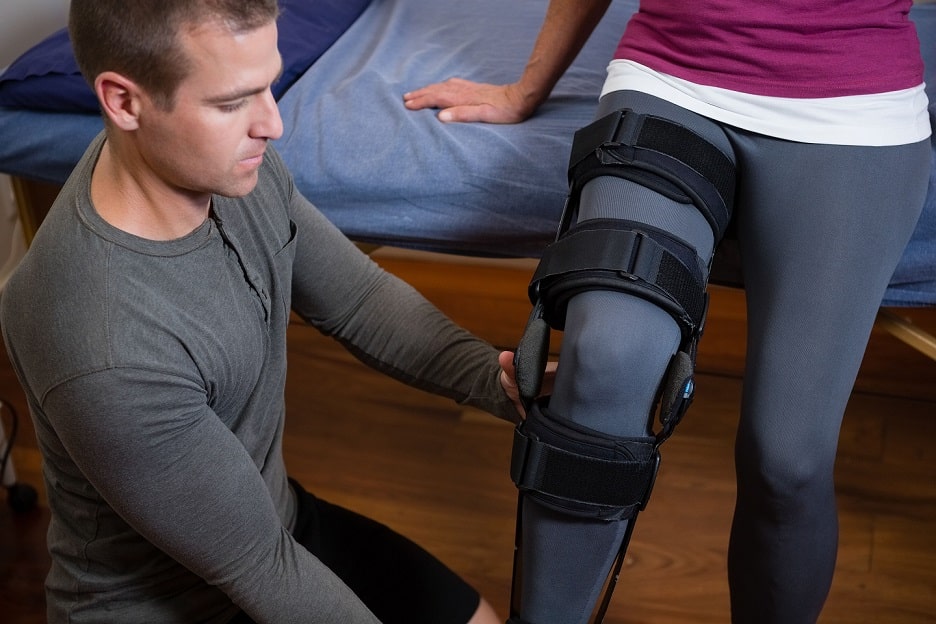The Manual Handling Operations Regulations 1992 cover manual handling operations at work.
The below is just an intro. to the Manual Handling Regulations, there is a lot more to the regulations and I will cover the other stuff in future posts.
 The key phrase that you need to know from the above Regulations is; ‘any transporting or supporting of a load’. This may also include the pushing, pulling or moving of a ‘load’. The case of McIntosh v City of Edinburgh Council is a good example of what may constitute a ‘load’ in the workplace. The case involved a ladder which had been used to gain access to a roof which was in need of repair. Although the use of the ladder would be ‘use of work equipment’ the action of handling and dismantling the ladder would deem the ladder a load!
The key phrase that you need to know from the above Regulations is; ‘any transporting or supporting of a load’. This may also include the pushing, pulling or moving of a ‘load’. The case of McIntosh v City of Edinburgh Council is a good example of what may constitute a ‘load’ in the workplace. The case involved a ladder which had been used to gain access to a roof which was in need of repair. Although the use of the ladder would be ‘use of work equipment’ the action of handling and dismantling the ladder would deem the ladder a load!
This is important as it shows how favourable and flexible the law can be for Claimant’s (the injured party). Just because something has been deemed work equipment in one context does not mean it cannot be a load in different circumstances!
The first and most imperative point to note, is that your Employer shall avoid the need for any of it’s Employee’s to undertake any manual handling operations at work which involve a risk of that person or surrounding persons, being injured.
The burden on your Employer is to avoid manual handling…full stop. There should be no need to consider the rest of the Regulation unless your Employer pleads and most importantly, proves that the manual handling activity could not be avoided.
Another important note to remember is that; as long as you have been ‘involved’ in a manual handling task at some point up until you are injured, the above Regulations will provide full protection.
An example of this can be found in the case of King v RCO Support Services Ltd & Yorkshire Traction Co Ltd. The Claimant, King, had arrived at work to find the yard was icy. In accordance with the firm’s procedures, he crossed the yard to the pile of grit, took a sack barrow and a shovel and began to cover the yard. After approx 2 and half hours he had only gritted two thirds of the yard and he stepped off the gritted area, slipped on the ice and injured himself. It was held that the ‘task’ had involved moving a load and it came within the definition of what was a ‘manual handling operation’. The above Regulations covered him and his Employer’s were held to be liable.
In conclusion; the most important thing to remember is that your Employer should avoid any of its Employee’s partaking in any manual handling activities UNLESS it is not reasonably practical.

 The key phrase that you need to know from the above Regulations is; ‘any transporting or supporting of a load’. This may also include the pushing, pulling or moving of a ‘load’. The case of McIntosh v City of Edinburgh Council is a good example of what may constitute a ‘load’ in the workplace. The case involved a ladder which had been used to gain access to a roof which was in need of repair. Although the use of the ladder would be ‘use of work equipment’ the action of handling and dismantling the ladder would deem the ladder a load!
The key phrase that you need to know from the above Regulations is; ‘any transporting or supporting of a load’. This may also include the pushing, pulling or moving of a ‘load’. The case of McIntosh v City of Edinburgh Council is a good example of what may constitute a ‘load’ in the workplace. The case involved a ladder which had been used to gain access to a roof which was in need of repair. Although the use of the ladder would be ‘use of work equipment’ the action of handling and dismantling the ladder would deem the ladder a load!









